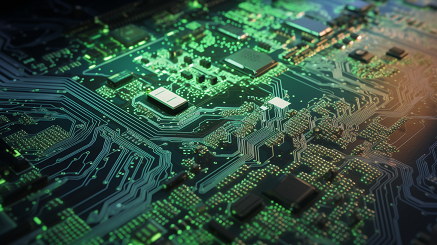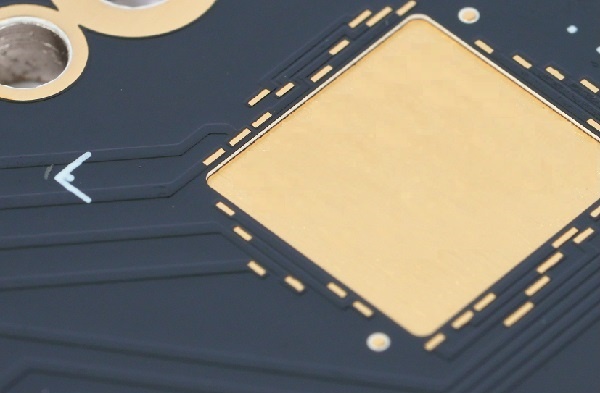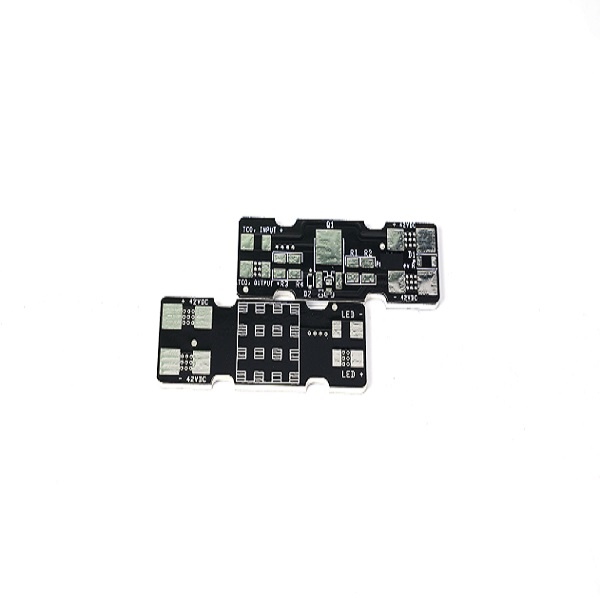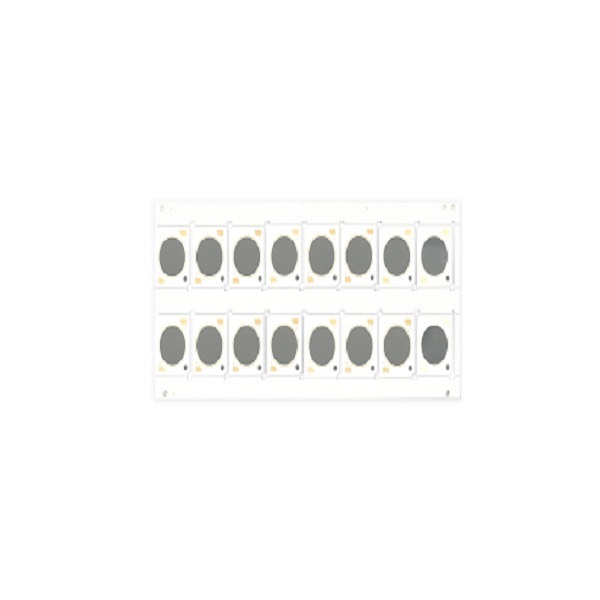What Are the Differences Between Ceramic PCB, Metal Core PCB And Standard FR4 PCB?
- Views
- 13 May 2024
As the saying goes, failure is the mother of success. The successful of a new electronics device depends on the design of the circuit board inside it. And circuit boards, often referred to as the "mother" of electronic products as well, are crucial components in devices like computers and smartphones. They find extensive applications across various industries including healthcare, aviation, renewable energy, and automotive.

What Drives the Development of Circuit Board?
In recent years, with the rapid development of electric vehicles, semiconductor lighting, aerospace, and satellite communications, electronic devices are trending towards higher power, higher frequency, and greater integration. However, this evolution brings challenges related to heat dissipation. The generation of substantial heat during the operation of electronic components can adversely affect chip efficiency and even lead to semiconductor device damage and failure. It's a well-known fact that for every 10°C rise in temperature, the effective lifespan of a device decreases by 30%-50%. Therefore, ensuring the stability of electronic device operation demands enhanced heat dissipation capabilities from circuit boards. Therefore, ceramic PCB and metal core circuit board are stand out due to their good thermal management and heat transfer capability.

Currently, PCBs available in the market can be broadly categorized into three main types based on material: standard FR4 PCBs, metal core PCBs, and ceramic PCBs. In the following, we'll focus on comparing these three common types of electronic substrates, analyzing their strengths and weaknesses, and examining their respective application areas.
What are Standard FR4 PCB, Metal Core PCB and Ceramic PCB?
Ceramic PCBs are electronic substrates made from ceramic materials, which are inorganic in nature. They typically consist of primary components such as alumina (Al2O3), aluminum nitride (AlN), and silicon nitride (Si3N4). Ceramic PCBs boast excellent thermal conductivity, high-frequency performance, and high-temperature stability, making them widely used in electronic devices operating under demanding conditions such as high power, high frequency, and high temperature.
Standard FR4 PCBs are electronic substrates with an insulating base material containing conductive patterns. They offer good design flexibility, low cost, and simple fabrication. PCBs come in various configurations including single-sided, double-sided, and multi-layered, and they are the most commonly used type in the electronics industry.
Metal Core PCBs consist of three main parts: a circuit layer (copper foil), an insulating layer, and a metal base. The metal substrate serves as the base support, with an insulating layer attached on the surface. Together with the copper foil on the substrate, they form conductive pathways. Metal core PCBs exhibit good heat dissipation and mechanical processing properties. The most widely used types are aluminum-based and copper-based PCBs.

What are the Differences and Advantages of Ceramic PCBs, Metal Core PCBs, and Standard FR4 PCBs?
1. Material and Thermal Conductivity
Ceramic PCBs are made of ceramic materials with high thermal conductivity, providing excellent heat conduction and dissipation capabilities. For instance, the thermal conductivity of alumina (Al2O3) substrate ranges from 25-35W/m·K, aluminum nitride (AlN) from 170-230W/m·K, and silicon nitride (Si3N4) from 80-100W/m·K. While standard FR4 PCBs use insulating materials with lower thermal conductivity, resulting in weaker heat conduction and dissipation abilities. FR-4, for example, typically exhibits a thermal conductivity of only 0.3-0.4 W/m·K. For metal core PCB, it made by metal alloys, offering relatively high thermal conductivity. For example, aluminum-based PCBs have a thermal conductivity ranging from 1-3W/m·K, while copper-based PCBs exhibit a thermal conductivity of 300-400W/m·K.
2. Electrical Performance and High-Frequency Characteristics
Ceramic PCBs possess higher dielectric constants and dielectric losses, providing excellent electrical performance in high-frequency circuits. Standard FR4 PCBs have relatively lower dielectric constants and dielectric losses, resulting in poorer electrical performance in high-frequency circuits. Metal Core PCBs also exhibit relatively lower dielectric constants and dielectric losses, but they still maintain good electrical performance in high-frequency circuits.
3. Mechanical Strength and Reliability
Ceramic PCBs have high mechanical strength and bend resistance, coupled with high reliability and stability in high-temperature and harsh environments.
FR4 PCBs have lower mechanical strength and may experience reduced reliability in high-temperature and humid environments. MCPCB offer high mechanical strength and good heat dissipation properties, enhancing the reliability of electronic products during operation.
4. Cost and Design Flexibility
Among three kinds of PCBs, FR4 PCBs excel in cost-effectiveness and design flexibility than others. Their low production costs and versatile design options make them suitable for various electronic devices. Metal Core PCBs, especially aluminum-based ones, offer a balance between cost and thermal performance. However, copper-based PCBs, while providing excellent thermal conductivity, come at a higher cost due to the price of copper material and require insulation layer treatment. Ceramic PCBs, although offering superior thermal conductivity and high-frequency characteristics, come with higher production costs and relatively lower design flexibility.

When selecting among these options, factors such as product performance requirements, operating environments, cost considerations, and design requirements should be carefully evaluated to meet the specific needs of different scenarios. Best Technology recommends assessing these factors to make informed decisions regarding the use of ceramic, metal core, or standard FR4 PCBs to meet diverse application demands.
metal core pcb, mcpcb, aluminum based pcb, copper based pcb, copper core pcb, aluminum pcb, ceramic pcb, FR4 pcb,
Related Blog
- What is Thermal and Electrical Separating Pad in Metal Core PCB?
- LED PCB Assembly Process: Step-by-Step Guide for Beginners
- Why Always Recommend White Solder Mask Black Silkscreen for Aluminum PCB?
- What Materials Are Commonly Used for Manufacturing Lighting PCBs?
- Everything You Should Know About Metal Core Circuit Board
- What Are the Differences Between Ceramic PCB, Metal Core PCB And Standard FR4 PCB?
- Why Choose Best Technology As Your MCPCB Manufacturer?
- What is LED Light Circuit Board and How to Make it?
- When is International Labour Day in 2024 and What are the Significances of It?
- How Does A Convexity Comes Out On Thermoelectric Separation Copper Based PCB?
- Why is Aluminum LED PCB Important for Indoor Growth Lights?
- Application of Metal Core Pcbs in the Development of LED Technology
- Why Choose White Solder Mask for Metal core PCB When Used In LED Devices?
- Understanding Aluminum LED PCBs in 1000w LED Grow Lights
- What Are the Advantages of Metal Core PCB? How to Choose?
- Automotive Light Copper Core Pcb Production Process—testing
- Why Are Metal Core PCBs, Especially Copper Core, Used In Heat-Sensitive Electronics?
- How do aluminum LED PCBs improve LED efficiency?
- What Are the Differences Between Regular and Thermoelectric Separation Copper-Base PCBs?
- Aluminum PCB VS FR-4 Performance Comparison



